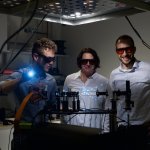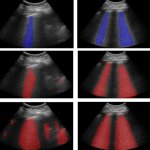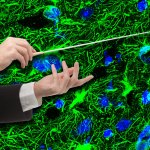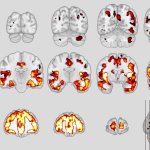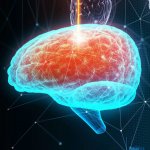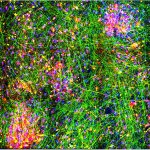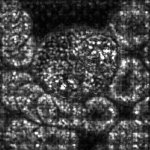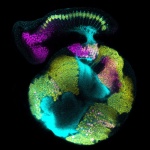
Article • Blood-based biomarkers under scrutiny
BBB testing for universal Alzheimer’s screening? It’s complicated
Do laboratory tests using blood-based biomarkers (BBB) represent the next type of universally recommended screening tests for Alzheimer's disease (AD)? Experts curb the high expectations for this type of diagnostic tool.








